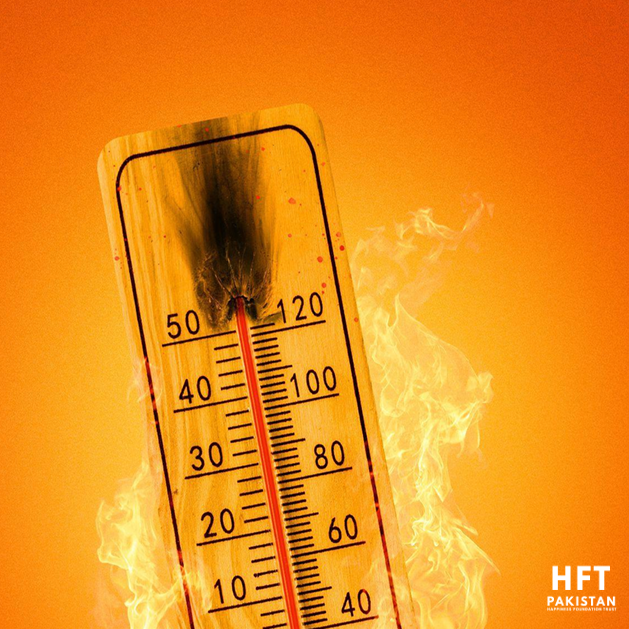Improved Air Quality
Trees filter pollutants and release oxygen, improving air quality and creating a healthier atmosphere.
Projects Complete
Satisfactions Rate
Expert Team Members
Trees Plantation

Cooling down the Earth is essential for sustaining life and supporting healthy ecosystems, and one of the most effective ways to achieve this is through large-scale plantation efforts. Trees and plants act as natural air conditioners by absorbing carbon dioxide, a major greenhouse gas, and releasing oxygen.
Trees filter pollutants and release oxygen, improving air quality and creating a healthier atmosphere.
Tree roots help prevent soil erosion and increase water retention,which stabilizes ecosystems.
Trees release water vapor through transpiration, which cools the air and reduces surrounding temperatures.
Trees absorb CO₂, one of the main greenhouse gases, helping to lower atmospheric carbon level.
Trees absorb carbon dioxide (CO₂), reducing greenhouse gas levels and mitigating global warming.
Through shade and moisture release, trees lower temperatures, helping to moderate both urban and rural climates.
Tree planting restores degraded landscapes, enhances biodiversity, prevents soil erosion, and conserves water.
Trees filter pollutants from the air and improve water management by increasing soil retention and reducing runoff.
Improving outcomes for smallholders and their partners from participating in agrifood chains
Adapting to and mitigating climate change effects
Improving food security and farmers’ livelihood through more productive and sustainable crops
Improving fishers’ livelihoods from productive aquatic farming systems and sustainable fisheries
Improving outcomes for smallholders and their partners from participating in agrifood chains
Improving fruit, vegetable, and ornamental crop production
Developing more productive, profitable, and sustainable livestock systems
Putting people at the center of agricultural research-for-development
Introducing conservation agriculture
Air pollution refers to the contamination of the atmosphere by harmful gases and particulates.
Sea pollution includes the dumping of plastics, chemicals, and waste into the ocean, harming marine ecosystems.
Managing overuse of the world water resources
Sustainability involves meeting current needs without compromising resources for future generations.
Global warming refers to the long-term increase in Earth's average temperature due to greenhouse gases.
Environmental pollution encompasses contamination of air, water, and land, disrupting ecosystems.
Sustainable farming employs methods that protect natural resources and reduce environmental harm.

Climate change significantly impacts global precipitation patterns, leading to a range of effects that disrupt ecosystems, agriculture, and water supply. As temperatures rise, the atmosphere can hold more moisture, resulting in heavier and more intense rainfall events that increase the risk of flooding, soil erosion, and runoff. Seasonal patterns are also altered, with some regions experiencing earlier spring rains and others facing delayed precipitation, affecting agricultural planting and harvesting schedules. Conversely, prolonged dry spells and droughts are becoming more common, leading to water scarcity that threatens agriculture and natural ecosystems. Overall, the changes in precipitation patterns due to climate change pose significant challenges for societies and ecosystems, necessitating adaptive strategies to ensure resilience in the face of shifting climate conditions.